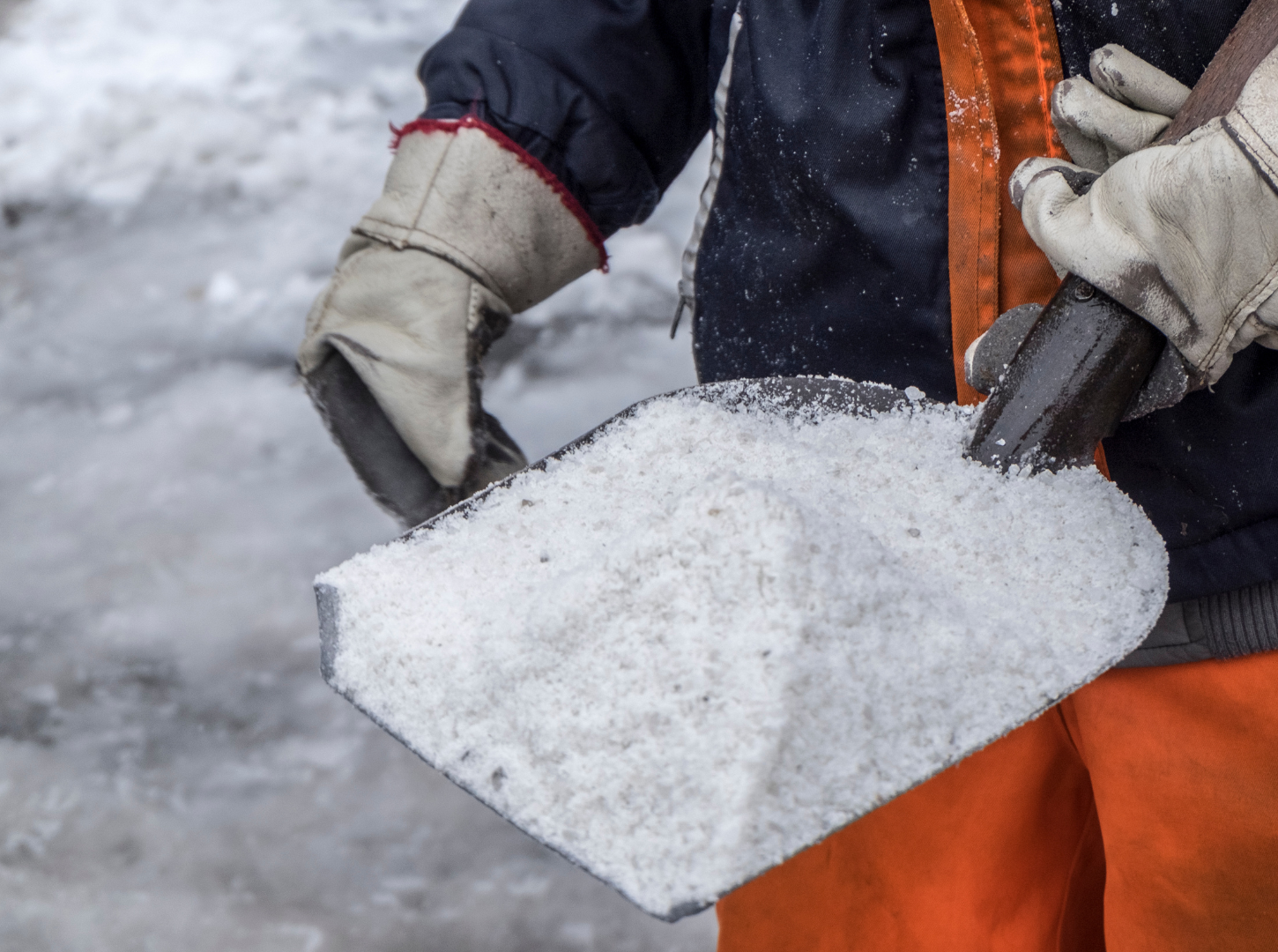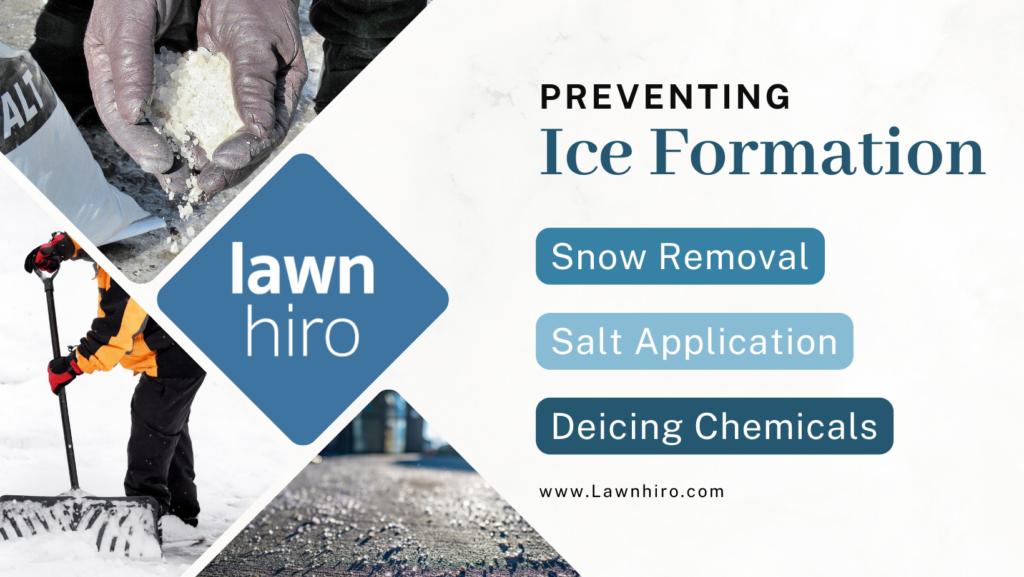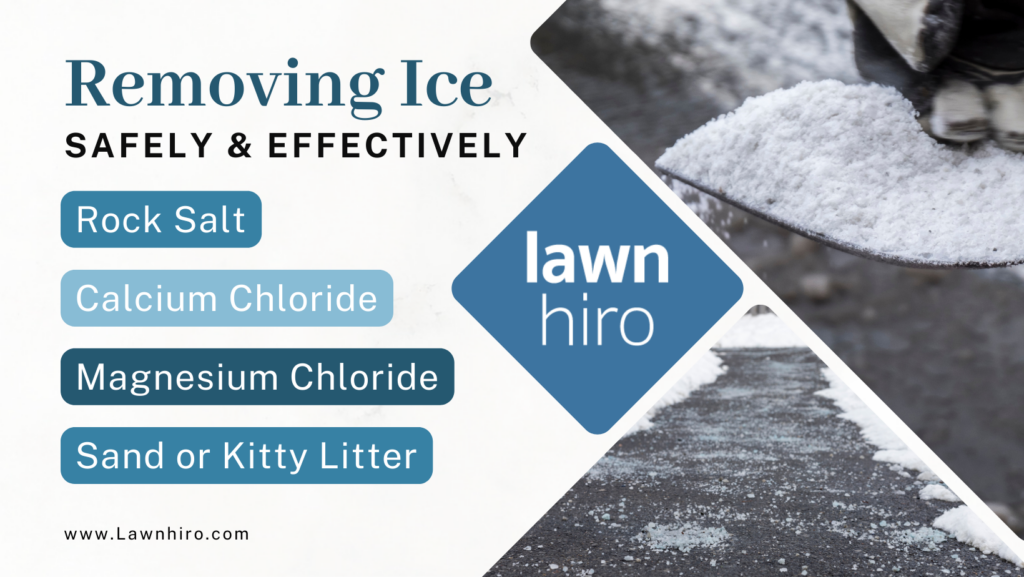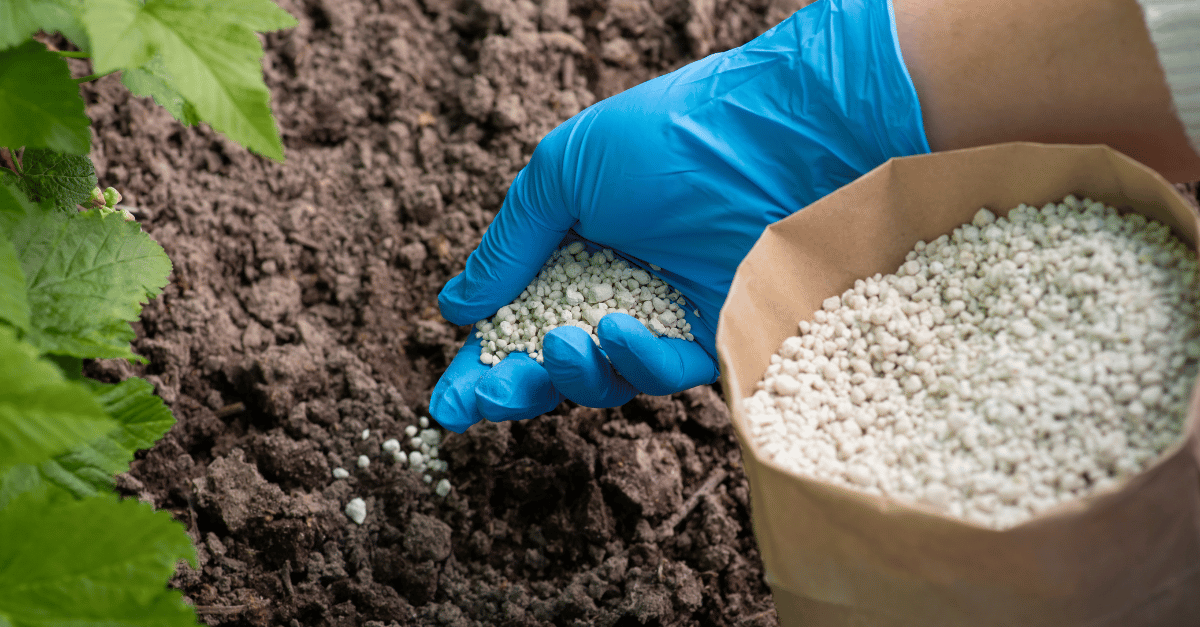
The Science of Deicing: Safeguarding Your Property During Winter
As winter sets in, the beauty of snow-covered landscapes comes with its own set of challenges, particularly when it comes to navigating icy surfaces. For homeowners, ensuring safe passage becomes a top priority. In this guide, we’ll go over the science of deicing, offering effective strategies to prevent and remove ice buildup.

Understanding the Science Behind Ice Formation
Before diving into deicing methods, it’s essential to grasp the science behind ice formation. When temperatures drop below freezing, any moisture present on surfaces such as sidewalks and driveways can quickly freeze, creating hazardous conditions. Even small amounts of water can lead to significant ice buildup, posing risks to pedestrians and vehicles alike.

Preventing Ice Formation
Prevention is often the best approach when it comes to managing icy surfaces. Here are some proactive measures to minimize ice buildup:
- Snow Removal: Clearing snow promptly from sidewalks and driveways can prevent it from melting and refreezing, reducing the likelihood of ice formation.
- Salt Application: Applying a layer of salt before snowfall can help prevent ice from bonding to surfaces. Salt lowers the freezing point of water, preventing it from solidifying into ice.
- Deicing Chemicals: Chemical compounds such as calcium chloride or magnesium chloride can be effective in preventing ice formation when applied before a snow event. These compounds work by attracting moisture, preventing it from freezing.

Removing Ice Safely and Effectively
Despite preventive measures, ice buildup may still occur. When faced with icy sidewalks and driveways, here are some effective deicing methods:
- Rock Salt (Sodium Chloride): Widely available and cost-effective, rock salt is a popular choice for melting ice. However, it’s important to note that rock salt can be harmful to vegetation and may corrode concrete over time.
- Calcium Chloride: This deicing compound is effective at lower temperatures than rock salt, making it ideal for extremely cold conditions. Calcium chloride also generates heat as it dissolves, accelerating the melting process.
- Magnesium Chloride: Similar to calcium chloride, magnesium chloride is effective at lower temperatures and generates heat upon contact with ice. It is less likely to cause damage to vegetation and concrete compared to rock salt.
- Sand or Kitty Litter: While not deicing agents themselves, spreading sand or kitty litter on icy surfaces can provide traction, reducing the risk of slips and falls.

Schedule Snow Removal with Lawnhiro
While DIY deicing methods can be effective, tackling icy sidewalks and driveways can be time-consuming and physically demanding. At Lawnhiro, we understand the importance of maintaining safe and accessible outdoor spaces during the winter months. Our team of local providers is equipped to handle your snow removal needs.
Don’t let icy conditions compromise the safety of your property. Schedule your snow removal service and enjoy peace of mind all winter long.







